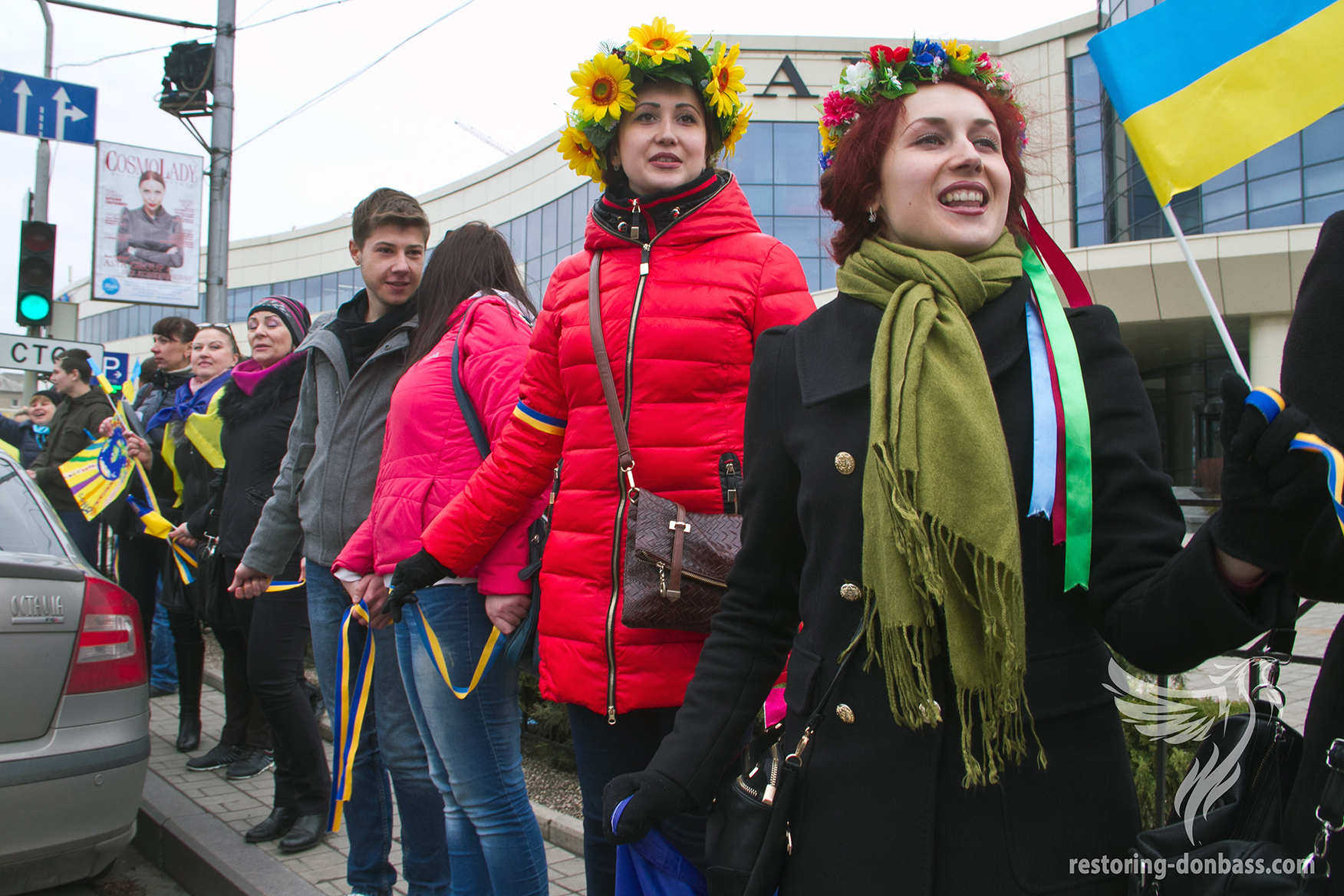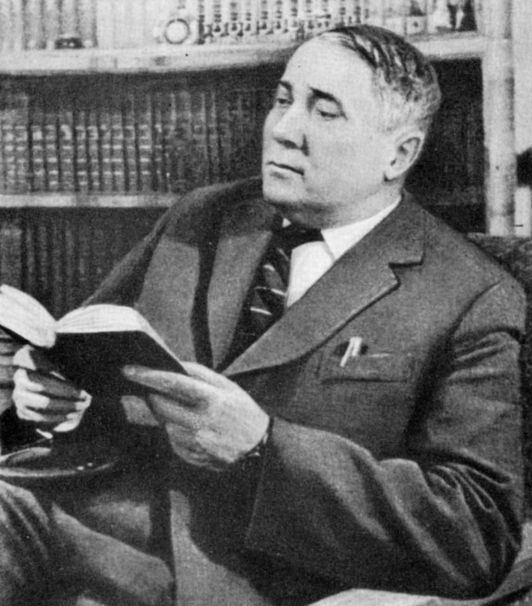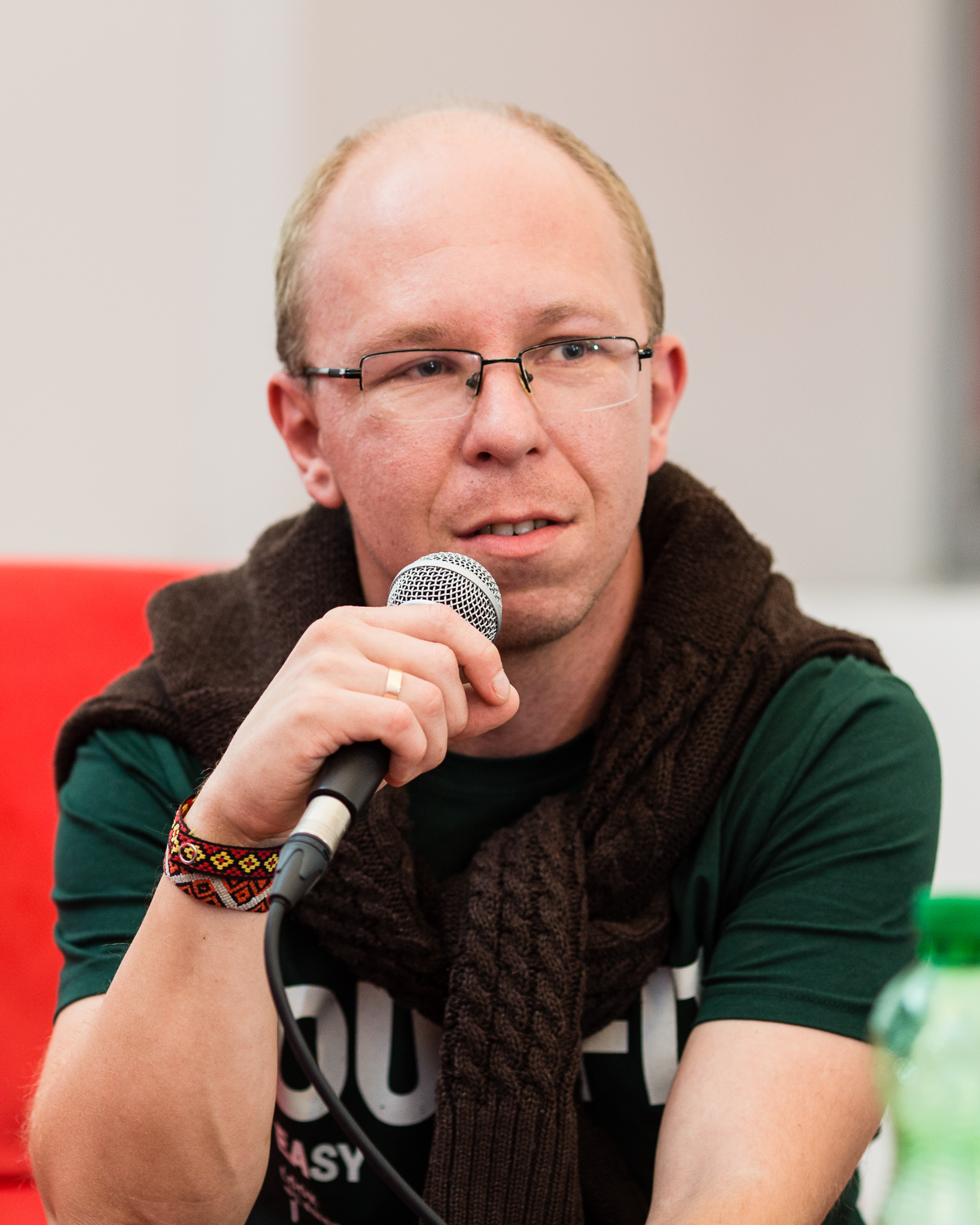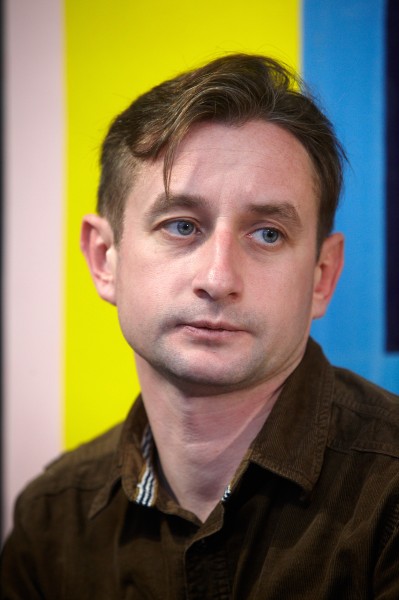How many other stereotypes have we heard about these eastern regions of Ukraine?! This vision of the Donbas has been imposed throughout the country for years on end. Few people know that the OUN, the UNR army and local guerrilla groups opposed the Soviet regime and fought for the independence of Ukraine, that the Donbas rose up against collectivization, and dozens of Donbas farmers were labeled as “kulaks” and had their property confiscated.
Fact 1. Strikes and protests against Soviet authorities in Donetsk Oblast
An active anti-Soviet underground flourished in the Donbas. For example, the regional KGB was constantly on the look-out “for anti-Soviet elements and activities”, mentioned at secret meetings of the Donetsk regional committee of the communist party. In 1957, a miner was killed at a komsomol construction site in Khrestivka (now occupied by Russian-backed mercenaries, it used to be called Kirovske from 1956-2016, enemy militants still use this name). Soviet special services threw his unwashed body into a coffin that was too much too small and buried him hastily. As the mine administration had squandered the money for burial on liquor, so the miners revolted and called on the town inhabitants to protest. To suppress the strike and protests, Soviet troops were quickly deployed to the town and its surroundings.
Fact 2. Home of the Sixtiers (Shistdesiatnyky)*, dissidents and founders of UNSO
“Любіть Україну, як сонце любіть…” (Love Ukraine, like the sun do love her…).... The poem was written by Volodymyr Sosiura, who was born in Debaltseve, Donetsk Oblast. Sosiura was forced to undergo “reeducation” at a factory in 1930-1931 and after WW2 he was labeled a “nationalist” and “an enemy banderite”. Many of Sosiura's poems were not published.
*(The “Shistdesiatnyky” (Sixties) movement was a literary generation that began publishing in the second half of the 1950s, and played an important role in popularizing samvydav (samizdat) literature and, most of all, in strengthening the opposition movement against Russian state chauvinism and Russification. The members were completely silenced by mass arrests from 1965–72, and the movement died out at the beginning of the 1970s.-Ed.)
Mykola Rudenko, co-founder of the Ukrainian Helsinki Group, was arrested twice for his dissident activities. Author of the poem called “Безсмертя нації – у слові” (The immortality of the nation lies in the Word), Rudenko was originally from Luhansk Oblast.
Dissident Anatoliy Lupynis was born in Novooleksandrivka, Donetsk Oblast and spent his entire childhood in the region. He helped found the Ukrainian Human Rights Group Memorial and the Ukrainian Interparliamentary Assembly (UMA), which eventually became the Ukrainian National Assembly and the Ukrainian National Self-Defense Organization (UNSO).
Vasyl Stus, Ukrainian poet, translator, literary critic, journalist, and active member of the Ukrainian dissident movement, spent most of his life in Donetsk. He refused Soviet citizenship because he did not want “to be a slave”, twice received harsh sentences for “anti-Soviet” propaganda, and died after a hunger strike on September 4, 1985 in a Soviet forced labour camp for political prisoners Perm-36.
Contemporary “blue-and-yellow Donbas” has found its place in poetry, in the unforgettable verses of Serhiy Zhadan (born in Starobilsk, Luhansk Oblast), Oleksiy Chupa (born in Makiyivka, Donetsk Oblast) and Liubov Yakymchuk (born in Pervomaysk, Luhansk Oblast.
Fact 3. Donbas women did not wear Russian-style sarafans (jumper dresses) and kokoshniki (head-dresses)
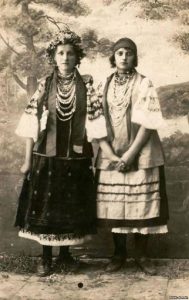
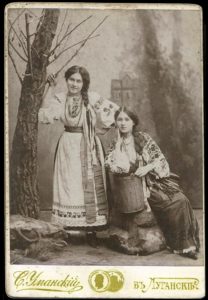
Today, Russian mercenaries occupying some territories of the Donbas continue saying that the region is basically Russian, referring even to traditional costumes and claiming that sarafans and kokoshniki have always been part of the Donetsk and Luhansk landscape.
Definitely not! Donbas women used to wear different head-dresses such as headbands, ribbons, wreaths and scarves; they dressed in uniquely patterned embroidered shirts and dresses. Many photos from the beginning of the 20th
century, and even several Soviet films testify to the fact that traditional Ukrainian costumes were widely popular in Luhansk and Donetsk Oblasts.
Fact 4. Despite the tsar’s decree, Khrystyna Alchevska taught Ukrainian to other women
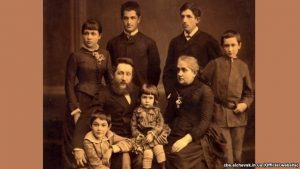
The standard axiom – a women’s place is in the home – was not accepted by wealthy Khrystyna Alchevska, who became one of the first women to challenge this system in the Russian Empire. In 1862, she founded and maintained the first Kharkiv Women’s Sunday School (officially accredited in 1870), where ladies could study law, physics, chemistry, geography, the history of Ukraine, writing and mathematics. She taught classes in Ukrainian until forced by the government to switch to Russian. Khrystyna Alchevska taught more than 17, 000 women in Eastern Ukraine.
Fact 5. The UNR Army liberated the Donbas from the Russian Bolshevik Army

One hundred years ago, Donbas was one of the first Ukrainian regions to be invaded by the Bolsheviks. The occupation of UNR territories was conducted in conjunction with widespread propaganda among the workers, farmers and miners, who eventually joined the Bolshevik regiments.
However, many Donbas inhabitants regarded the Bolsheviks with great suspicion and preferred to join the partisan movement that helped the UNR army liberate the Donbas. The UNR Army fought for the territories inhabited by ethnic Ukrainians, namely, the Katerynoslav and Kharkiv Governorates.
Fact 6. Renowned film actor and director Bykov loved to sing in Ukrainian
Leonid Bykov was born in Cherkaske and raised in Kramatorsk, Donetsk Oblast. The legendary Maestro, the tramp Maksym Perepelytsia, the romantic hero Alioshka, the motivated Lev Zaichyk, and the courageous Swat – although the protagonists portray a stereotypical Soviet Ukrainian, they all love to sing Ukrainian songs, tell about Ukrainian traditions and their native land.
In the film “У бій ідуть лише старі”(Only old guys go to war), Bykov plays Commander Maestro Tytarenko, who speaks poetically about his country: “Here the sky is bluer and the grass is greener” ... Tytarenko sings one of Bykov’s favourite songs (it also happens to be the official song of the Ukrainian Sich Riflemen) – “Ой, у лузі червона калина…”(In the meadow, a red kalyna…), which Soviet censorship seems to have missed.
[embedyt] https://www.youtube.com/watch?v=LLNj4hTOp8I[/embedyt]
Fact 7. The Ukrainian language dictionary was compiled by a teacher from Luhansk Oblast

Borys Hrinchenko was invited by Khrystyna Alchevska to teach in Luhansk Oblast. He was also an editor of various Ukrainian periodicals and author of one of the first textbooks in the Ukrainian language, particularly Native Word, a reading manual for schools. He compiled the four-volume Словарь
української мови (Ukrainian Dictionary, 1907–1909), which was the most complete and lexically the most perfect Ukrainian dictionary at that time.
Fact 8. Contemporary folk song of Luhansk and Donetsk: “як степ широка” (The wide steppe)
The Ukrainian-Canadian group Balaklava Blues combines electronic music and folk songs, reproducing sounds and vibrations heard daily in the conflict zone. The band uses folk songs gathered from different villages of Luhansk and Donetsk, underlining that in these texts you will not hear a mixture of different “surzhyks” (mix of Ukrainian and Russian-Ed), but only literary Ukrainian.
The musicians say that songs from Ukraine’s steppe regions sound “deeper and broader” in melody, the compositions are longer, unlike the songs of Western Ukraine, where you “feel” every mound and hill of the Carpathians.
[embedyt] https://www.youtube.com/watch?v=zuLg3M6JBoc[/embedyt]
Fact 9. The Renaissance in the East

According to volunteer and singer Anzhelika Rudnitska, the government-controlled territory of the Donbas is one of the most exciting places in Ukraine today, booming with an incredible number of new projects, theatres, folk arts, exhibitions, concerts and music festivals.
“Something tells me that eastern Ukraine is more patriotic than the rest of the country because they are bleeding and hurting, they are in tears and in pain. It seems to me that total Ukrainization will begin in the east.” says Anzhelika.
Fact 10. The UPA/OUN in the Donbas

Over the years, residents of eastern Ukraine have been fed many myths and stories about the OUN and UPA, namely that nothing ever happened in the Donbas, that it was a guerrilla movement localized to western Ukraine. In fact, a powerful network
of pro-Ukrainian movements emerged in the Donbas in the 1940s. More information here.
Fact 11. Literary revival in Luhansk surprises western Ukraine
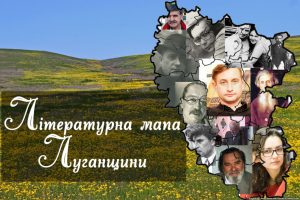
Students of the Taras Shevchenko Luhansk National University, which moved to Starobilsk, Luhansk Oblast, have developed an interactive project called Literary Map of Luhansk Oblast. It shows writers and poets from Ukraine’s eastern regions, but presents them through little-known facts. For example, Petro Shevchenko, a journalist at Kievski Vedomosti, wrote poems under the pseudonym of Petro Bilyvoda, something even his friends did not know.
The project has been enthusiastically applauded in Lutsk and Lviv, and students from Western Ukraine called the lecture and “map” mind-blowing!
Fact 12. Ukrainian songs in occupied Donetsk
A Ukrainian music evening was recently organized in occupied Donetsk, with the likes of Ukrainian songs from such bands as Один в каное (One in a canoe), СКАЙ (SKAY), Друга ріка (Second River) and Okean Elzy – all in Ukrainian!
https://www.facebook.com/donbassrealii/videos/1673441439436686/

